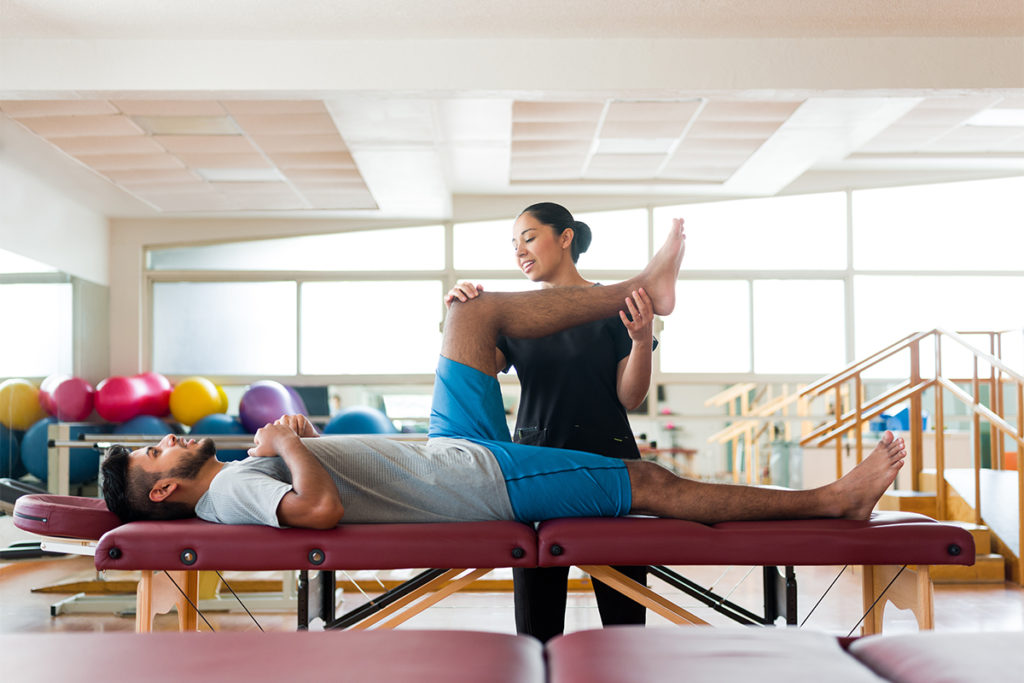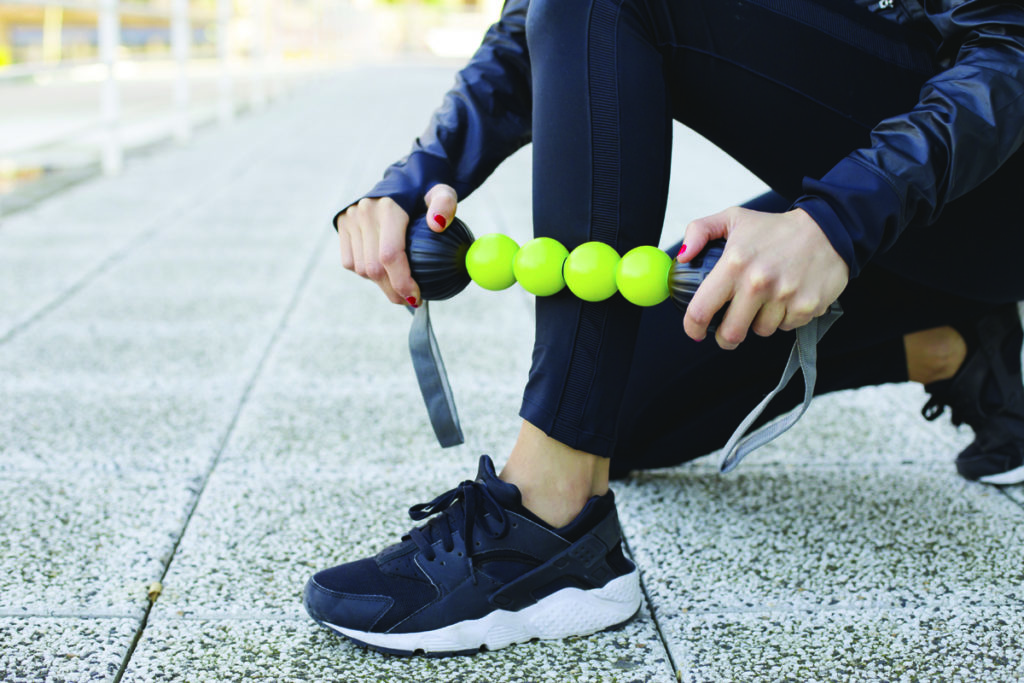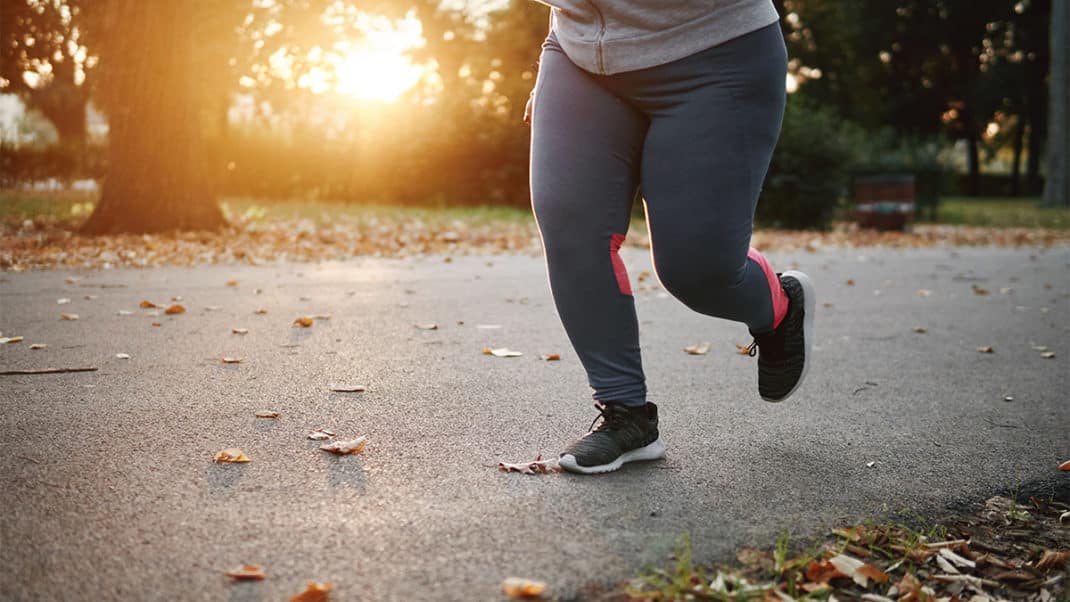Pilates for an Aspiring Ballet Dancer
A customized routine helps a 15-year-old with back pain to rise above this challenge.
I came to Pilates from the world of ballet. When I was 27, I looked for a cross-training option that would give me an edge and help me achieve my ultimate goal: to become a principal dancer. I expected that Pilates would make me a stronger dancer—and it did—but what I did not expect was how it would keep me dancing at the principal level into my early 40s.
As I prepared to transition out of my dance career, I opened my own Pilates studio. Ballet students from all over the city were drawn to the opportunity to use Pilates to make their own dance dreams a reality. This case study explores how Pilates transformed one young dancer, a client of mine.
Healing and Restorative Applications
Megan, a 15-year-old aspiring classical ballet dancer, came to me recovering from a slightly bulging disk in her lower back. She was in pain, and her movements were limited. When her doctor cleared her to take Pilates, Megan found that not only were the exercises a crucial part of her rehabilitation—they also transformed her ballet training.
My first priority was to strengthen her core in order to stabilize her pelvis and spine. Reformer exercises such as the midback series, oblique work and roll-downs with resistance helped Megan discover her core. As she grew stronger, she gained more stability in her three-dimensional dance movements.
Stabilizing Megan’s shoulder girdle created a solid base of support for her “port de bras,” or movement of the arms, which plays a vital role in forming a dancer’s line. We strengthened Megan’s latissimus dorsi and spinal extensors, helping her develop correct, stable and dynamic movement in her upper body. Since dancers strive for long, lean muscles, we used moderate arm weights.
In addition to working on her back pain, Megan wanted assistance with keeping her knees tracking properly over her feet in lateral positions, or “turn-out” as it is referred to in the ballet community. Footwork on the bar and leg work with straps were the most effective exercises for addressing this issue. Since dancers mainly work laterally, it’s important for them to train in parallel and medial positions as well, in order to balance out strength and create proper tracking. In our work together, Megan developed coordination between her abductors and her adductors.
Strength Training and Conditioning
Once Megan had strengthened her core, her back pain subsided and her tracking improved. No longer distracted by pain and instability, she was able to focus on improving her dancing technique. I challenged her to do ballet exercises such as fondu and développé on the foot bar using lateral rotation while maintaining proper knee alignment and a neutral pelvis.
Many of these exercises also work beautifully in single-leg work with straps, challenging stability even further.
Working on the reformer improved Megan’s flexibility as well. She performed stretching exercises such as oversplits and penché which lengthened and strengthened her hamstrings, balancing the work ratio between these muscles and her quadriceps. The result: She achieved higher leg extension—a quality much desired in today’s ballet world.
I also introduced the jump board to teach Megan how to jump properly. By lowering the weight and slowing the jump, she learned to articulate correctly through her feet and legs. Increasing the weight helped her improve her strength and endurance, which resulted in her feeling lighter on the dance floor. With a very light spring load, the jump board is also a good tool for pointe work; the board enables a dancer to move more slowly and consciously while performing this intricate work.
We employed the stability chair to teach Megan how to lift her own body weight in preparation for performing lifts during partner work. In exercises such as pike, Megan strengthened her core and her ability to lift her lower body. This is an important technique for a dancer to develop so that she is not just “dead weight” during lifts. Powered by a strong core, she can play a dynamic role in performing the lift successfully.
Conclusion
Injuries are part of a dancer’s life, and Pilates can be a powerful tool for injury prevention, as well as rehabilitation. Since Megan began cross-training with Pilates, she has corrected her knee alignment and is now dancing relatively free of back pain. Her newfound strength is so apparent that her dance school director has conveyed how thrilled she is with Megan’s “extraordinary progress.” Now this aspiring dancer has been promoted to the next class level—and was even invited to participate in The American Ballet Theatre’s advanced summer workshop! In the ballet world today, strong is the new skinny. Legs are raised higher, lifts are more acrobatic, and dancers are much stronger overall. Pilates is playing an integral role in training this new generation of powerful dancers.
Photo credit: Meghan Meredith
Jennifer Curry Wingrove
Jennifer Curry Wingrove, owner of Pilates On Park, California Ballet Company ballerina and STOTT Pilates Certified Instructor, initially became interested in Pilates to further strengthen her own body for her international dancing career. She was so impressed with what Pilates did for her that she became inspired to teach and share this form of exercise with others. Learn more at pilatesonpark.com.









